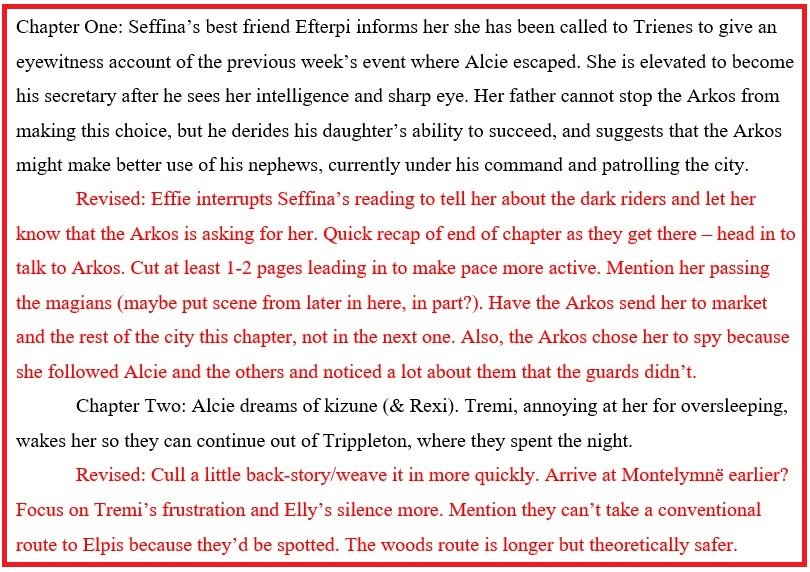
Brainstorms and Outlines
Productive Brainstorms
Before beginning work on a novel or piece of nonfiction, it always helps to have a good idea of where you’re going to end up.
Many people say there are two types of writers: “Plotters” (with their folders full of notes and charts and character interviews) and “Pantsers” (those who wing it, flying by the seat of their pants). But in my experience, it’s very rare for any writer, regardless of their process, to face the blank page fully unaware of where they’re headed. Even if you’re willing to step on the first bus you see without checking where it’s going, you’ve probably brought along your wallet, phone, and keys, maybe an overnight bag just in case.
Consider me your “just in case” brainstorming and outlining buddy.
We’ll start with a few e-mails so I can get a sense of how you have worked on projects previously, and how happy you’ve been with the outcome. We’ll also discuss the current project you want to work on, what stage of the process you’re at, and what you hope to achieve. Then, we can schedule the first live hour-long consult. We’ll look over what’s gone right, what’s gone wrong, and what seems to be careening wildly off the rails.
Outstanding Outlines
If you have an outline, you can submit it to me. Together we can figure out how to get the story back on track, keep your characters from misbehaving and wandering off, and how to structure your plot so you have a solid pace, character growth (if necessary), and narrative threads that tie appropriately to any themes you plan to explore. For nonfiction, we’ll look at the conclusions you hope readers will draw from your work, and how to structure your chapters to let the facts tell the story for you. Then, we will create a revised outline to reflect the results of the brainstorming session.
After a period of time has elapsed – we’ll set a goal and work on your schedule – we can check back in for a second consult to see how the work has progressed. This is an opportunity to make any necessary changes to your outline, and figure out any remaining issues in the work. Then, we set new goals and a time for a final check-in. The third brainstorming session will address troubleshooting as you complete your draft, anticipating potential future problems and resolving them before they happen. This way, you can write a hassle-free first draft, or clean up one that’s become stalled.
When you’re done, you will have new tricks in your writing toolkit to address not only this project, but new work going forward, making you a happier and more prolific writer!

